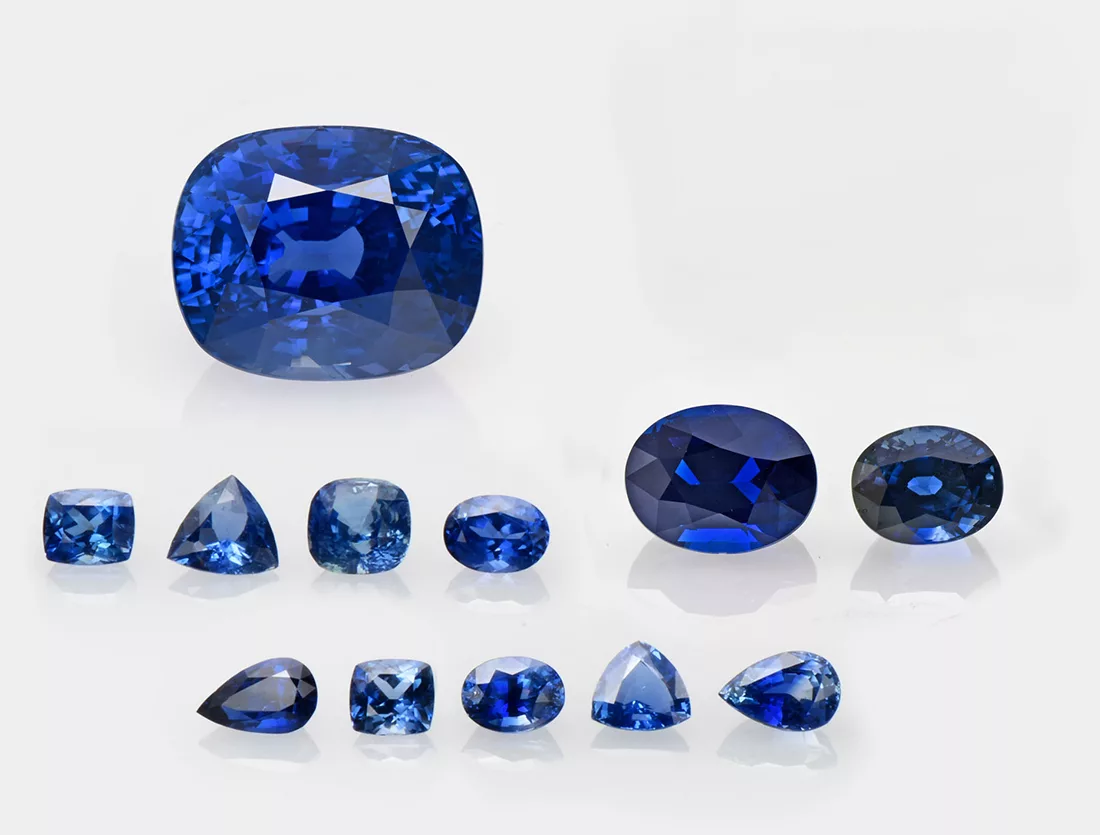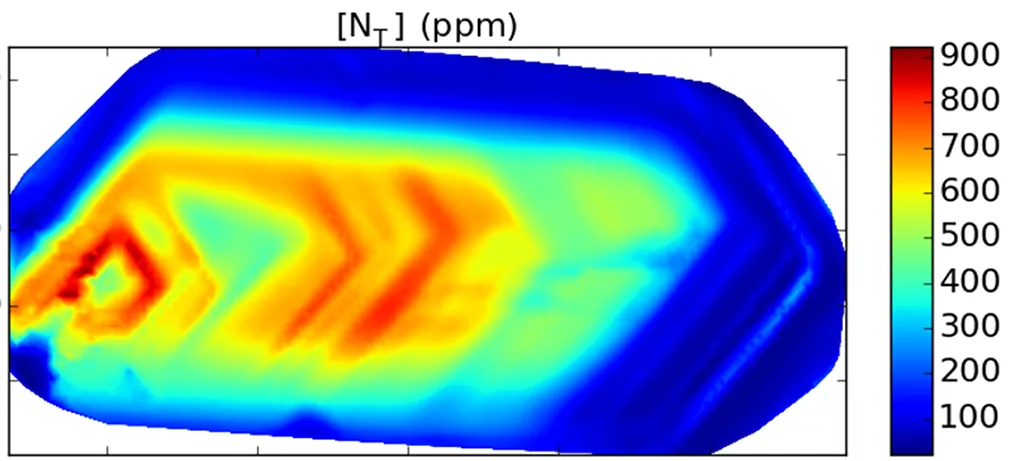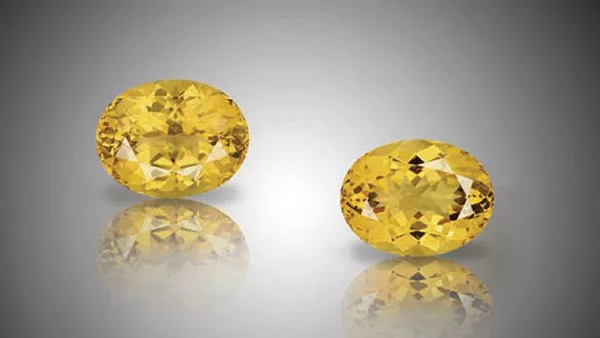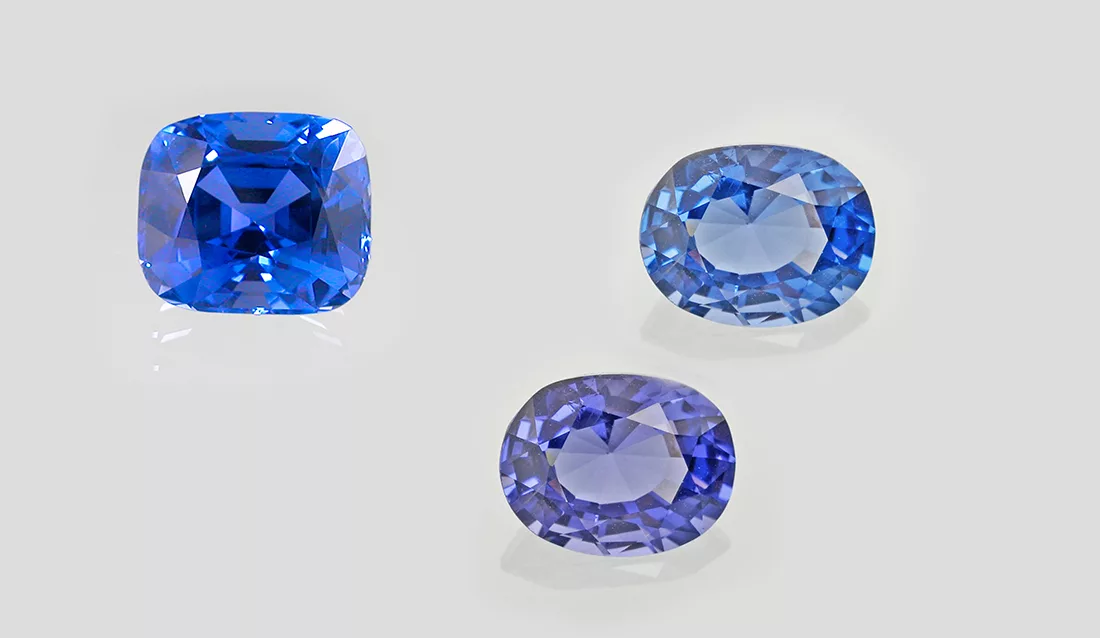
Blue cobalt spinel from Vietnam
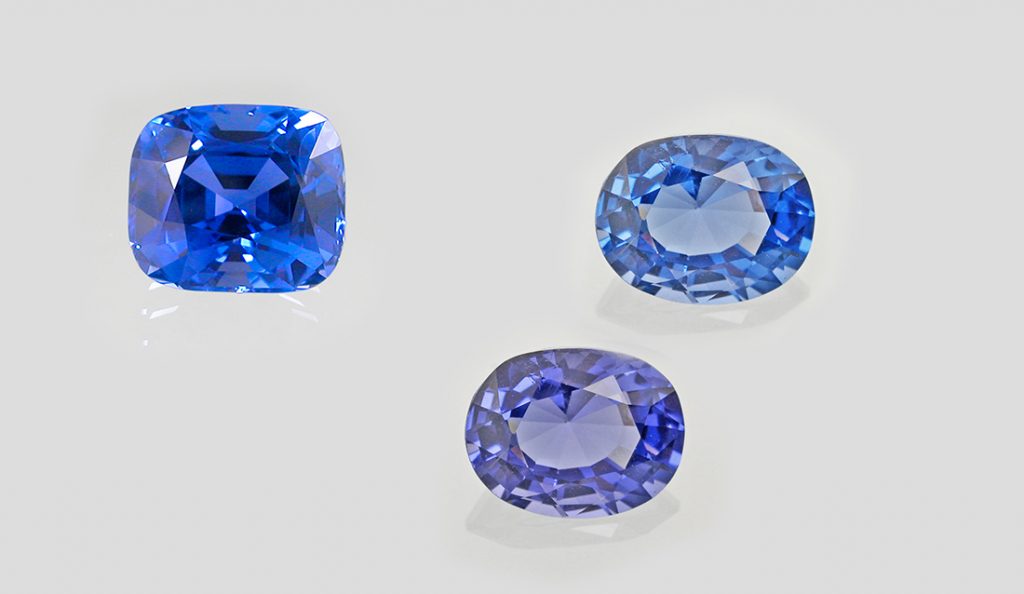
by Dr. M.S. Krzemnicki, first published in Facette 21 (February 2014)
In 2013, Ms. Carina Hanser from the University Freiburg im Breisgau in Germany successfully completed her bachelor thesis on cobalt-spinel from Vietnam. Under the supervision of Dr Krzemnicki, Prof de Capitani (University Basel) and Prof Bucher (University Freiburg i. Br.) she investigated eight samples from Vietnam and three synthetic blue spinels (including a Verneuil-synthetic bluish spinel coloured by nickel). Apart from chemical and spectroscopic characterisation, she also used LA-ICP-mass spectrometry (University of Berne), UV-Vis spectrometry, confocal Raman microspectrometry, photoluminescence and UV- luminescence spectroscopy.
We were especially interested to gain a better understanding of the slight to moderate colour change from blue in daylight to purplish blue and lavender colours in incandescent light which is observed in part of these samples.
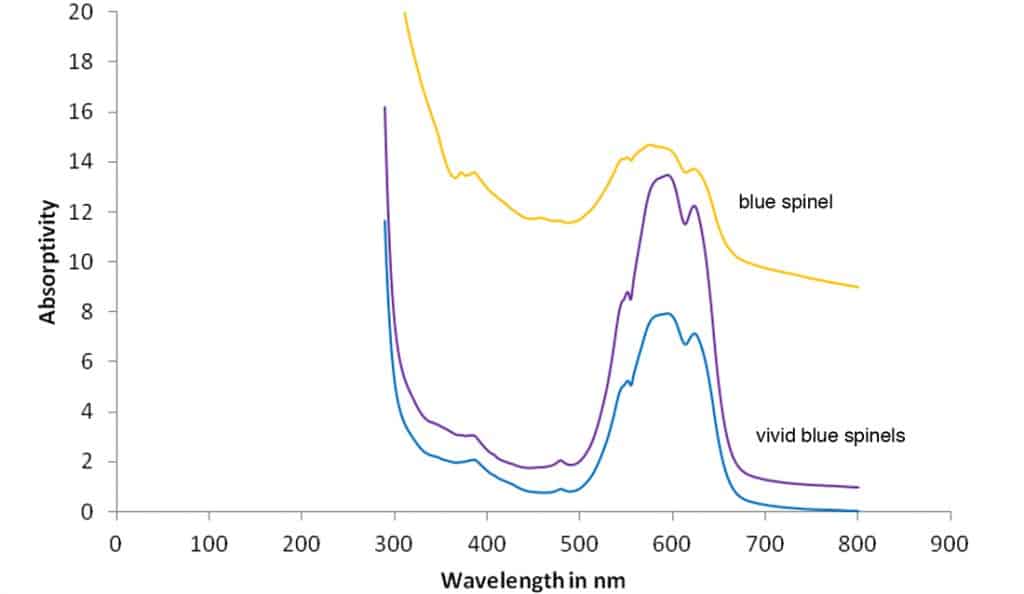
As a result of this study, the natural blue spinels could be subdivided into two groups: a) vivid “electric” blue spinels and b) lighter bluish to purplish blue spinels with a slight colour change (Figure 1). The vivid blue spinels are characterised by a high concentration of cobalt (approx. 250 – 630 ppm) resulting in distinct cobalt-related absorption bands in the UV-Vis spectra (Figure 2) at approx. 623 nm, 597 nm, and 579 nm 544 nm and 480 nm (see also Shigley & Stockton 1984), overlaying any iron-related absorption, even though they contain up to approx. 1.05 wt% FeO. These spinels show no colour change.
The natural blue spinels showing a slight colour change (group b) contain much less cobalt (5 to 20 ppm). Especially in combination with their distinct iron concentration of approx. 0.7 to 2.5 wt% FeO, their UV-Vis spectra are a complex combination of absorption bands due to cobalt and iron (Fe-related bands notably at 460 nm and 555 nm). Interestingly, only the colour-changing blue spinels react under the SWUV light with a weak greenish fluorescence, also detected as an emission band at about 520 nm in the UV-luminescence spectra. To conclude, this study contributes to the understanding of the causes of colour in blue spinels, where cobalt at even very low concentrations (few ppm) may distinctly contribute to their colour. An article with detailed results is in preparation and will be published in 2014
